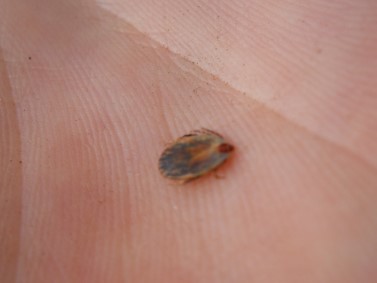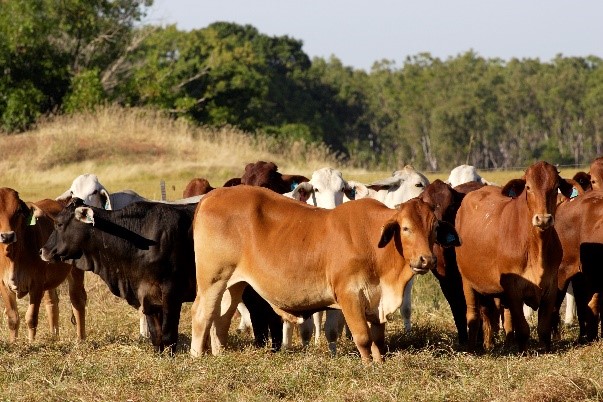Tick fever within the Tick Zone

Cattle born in a tick zone are generally immune to tick fevers without the need for vaccinations. This is because the immunity they receive from their mothers during pregnancy and lactation provides them with protection while they are exposed to ticks, continually building that protection.
However, cases of tick fever have occurred on farms in the tick regions. This is thought to be due to a number of reasons including successive dry years reducing the number of ticks on properties, changes in breed composition (increasing percentage of European breeds within animals), and possibly closed herds and good tick management. What this combination of management practices and weather has produced is a sufficiently low tick burden that is not allowing young animals to keep building their immunity to tick fevers after the protection from their cows has waned. As a result, stock, particularly younger stock may be at risk of tick fever when seasons improve, or when they are exported to South East Asia, or to properties in higher rainfall areas.
Signs of tick fever include:
- sudden development of fever
- loss of appetite, decrease in cud chewing
- animals isolating themselves away from the herd
- coat may look unkempt
- breathing becomes rapid and jerky and the heart beats faster
- pale and white parts of the eyes, mouth and vulva may start to look yellow
- animals may appear to stagger and look like they are shivering
- urine may look red
- deaths can occur within 3 weeks of infection, but some may occur within 24hrs.
Vaccinations are available and options are best discussed with your private veterinarian. You can access a list of registered vets on the Department of Industry, Tourism and Trade’s website: https://industry.nt.gov.au/boards-and-committees/vetboardnt
Refer back to our article in the last edition of NT Rural Review for more information about cattle tick regulations for NT producers.

